We finally got some snow here this January. December had been, basically, snow-less....which was sort of a disappointment. However, the new winter wonderland this month gave me a chance to get outside with my daughter and follow some of the trails in the woods just behind the house.
Basically, all of these tracking opportunities near the house involve the ubiquitous white-tailed deer, but that's alright...especially when your with a three year old that can't walk too far from the back porch in her giant puffy snow suit.
Last week, the snow in the orchard near our house was a criss-cross of deer trails, all varying in their "freshness". They lead off in several directions, but most followed a specific pathway through the woods behind the house. One these trails looked is if it had been made recently. It branched off of the main corridor and moved through the rows of planted pinetrees along the border of the orchard.
Above: the main deer trail I decided to follow.
Above, one of the tracks that actually showed up OK in the deep snow!
Above 2 pics: two shots of the old scrape this deer had cleared off (close up shot below, further back vantage above).
Above 2 pics: Two great example of a scrape made by a white-tailed deer's incisors as it stripped bark from this little tree
- Family Camelidae (the camels)
- Family Suidae (the pigs)
- Family Tayassuidae (the peccaries)
- Family Hippopotamidae (hippos)
- Fmily Tragulidae (the small "mouse deers" or chevrotains)
- Family Moschidae ("musk deer")
- Family Cervidae (deer/elk/moose, etc.)
- Family Bovidae (cattle, buffalo, sheep, etc.)
- Family Antilocapridae (pronghorns)
- Family Giraffidae (Giraffes)
Regardles of the systematics.......of these Families within Artiodactyla, only the pigs, the peccaries, the hippos, and the Cetaceans have upper incisors. The rest, such as the deer/elk/moose, etc. (Family Cervidae), Pronghorn (Family Antilocapridae), and the cows/sheep/bison, and so on, all have no upper incisor..but ONLY lower incisors.
Yet, these lower incisors are used to great effect when stripping bark off of trees. They can take those very sharp teeth on the lower jaw and run them up underneath the bark of a tree (especially a young tree). They then scrape with an upward movement of their head and strip the bark off for quick meal. You can actually see the incisor marks in the first picture above.
___________________________________________________________________
After following the trail a short while longer, I came across an area where the deer decided to rest for the night. It was a perfect spot. Located below some large pine boughs, so protected from further snowfall and wind. The location was also positioned on a slight incline, looking down over the orchard to the south. A great vantage point to see, hear and smell what might be coming up the hill towards him.
Above: the "lay" that this deer made when he decided to bed down below some pine boughs for the night.
But, it's nice to have these little opportunities from time to time..........
______________________________________________________________________
* Cetartiodactyla is apparently an alternative Order name that has been proposed for Artiodactyla (Price et al. 2005). I've seen it a few times....and I'm not fully certain if it's accepted yet or not? Maybe someone can enlighten me.
Literature Cited
Gatesy, J. 1997. More DNA support for a Cetacea/Hippopotamidae clade: the blood-clotting protein gene gamma-fibrinogen. Molecular Biology & Evolution. 14:537-543.
Matthee, C.A., J.D. Burzlaff, J.F. Taylor, and S.K. Davis. 2001. Mining the mammalian genome for Artiodactyl systematics. Systematic Biology 50:367-390.
Price, S.A., O.R.P. Bininda-Emonds, and J.L. Gittleman. 2005. A complete phylogeny of the whales, dolphins and even-toed hoofed mammals (Cetartiodactyla). Biological Reviews 80:445-473.
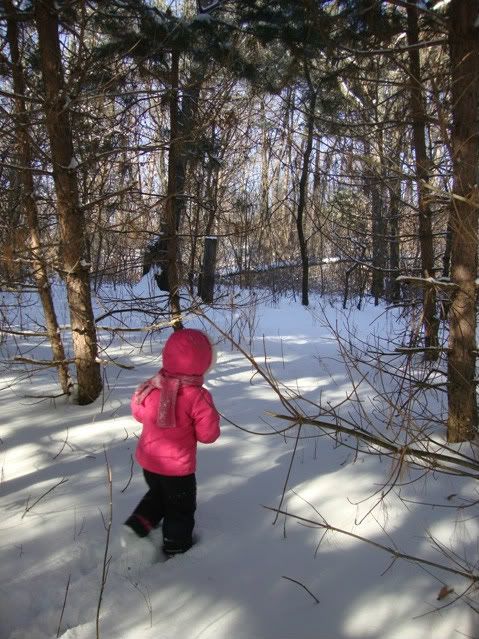
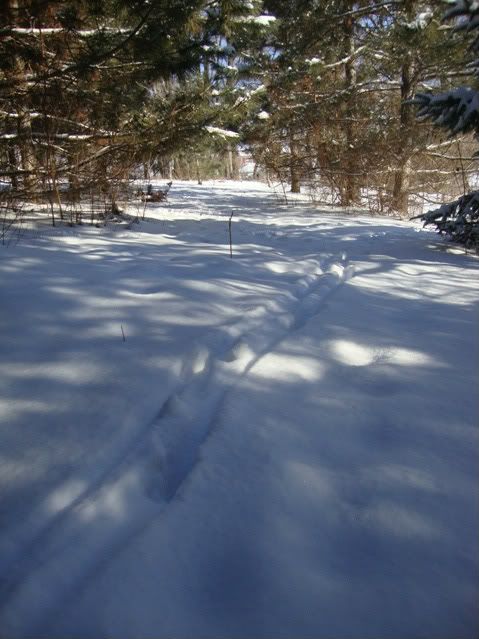
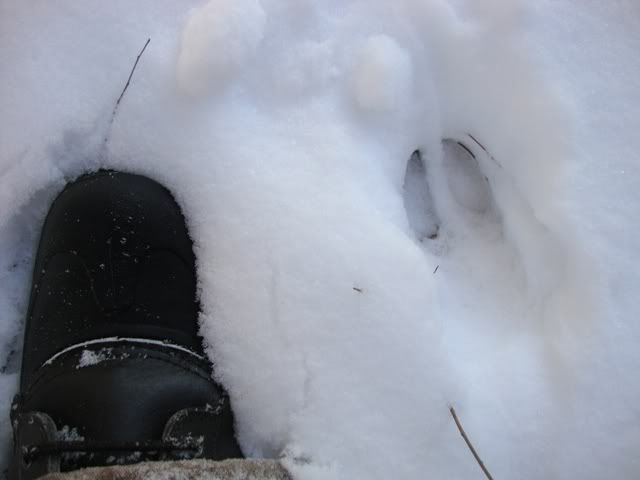

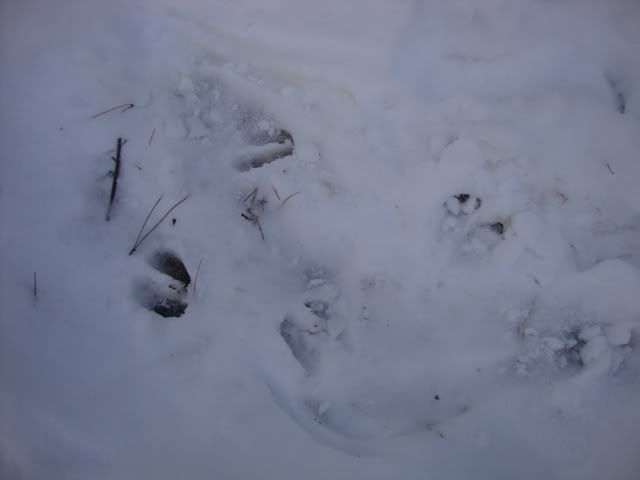


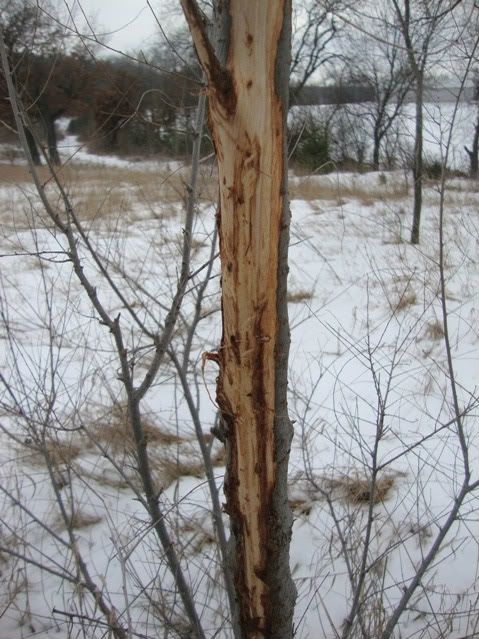
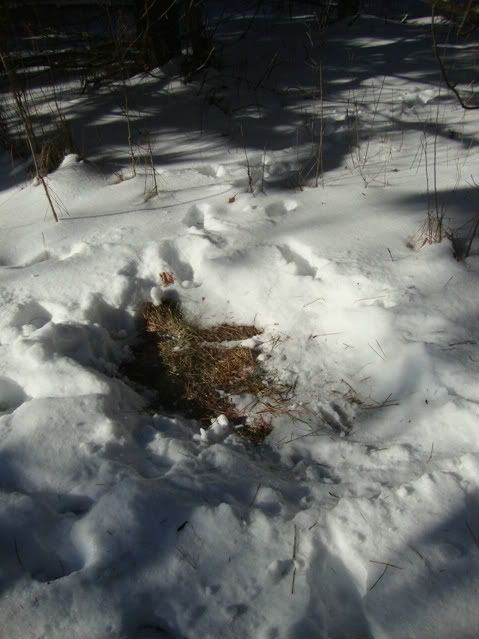
Very interesting! I just finished a Winter Ecology course, and we did tons of tracking and searching for mammal sign. We also did alot of phylogenetic stuff, and ironically the example we used were the Artiodactyla/Ungulates! This was a great relevant post for me.
ReplyDeleteI saw the posts regarding your winter ecology class.
DeleteLooked like alot of fun!